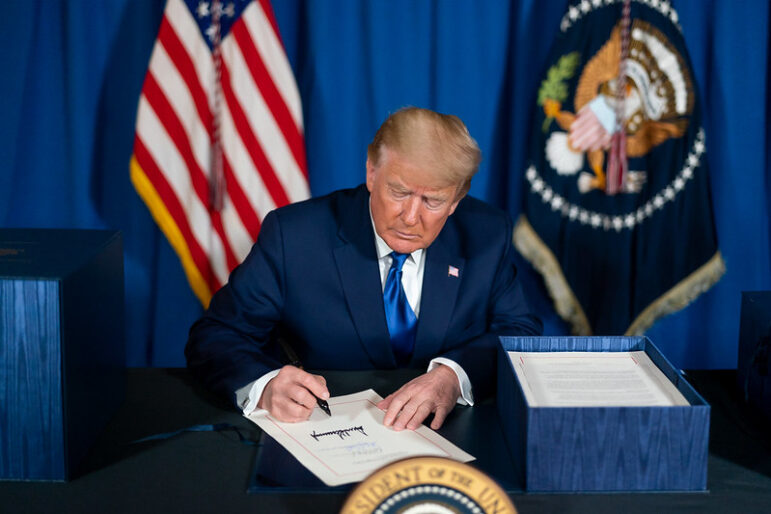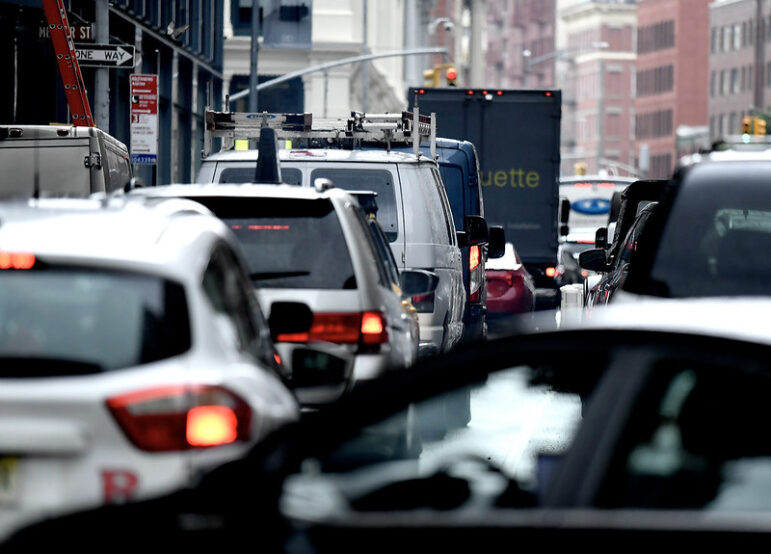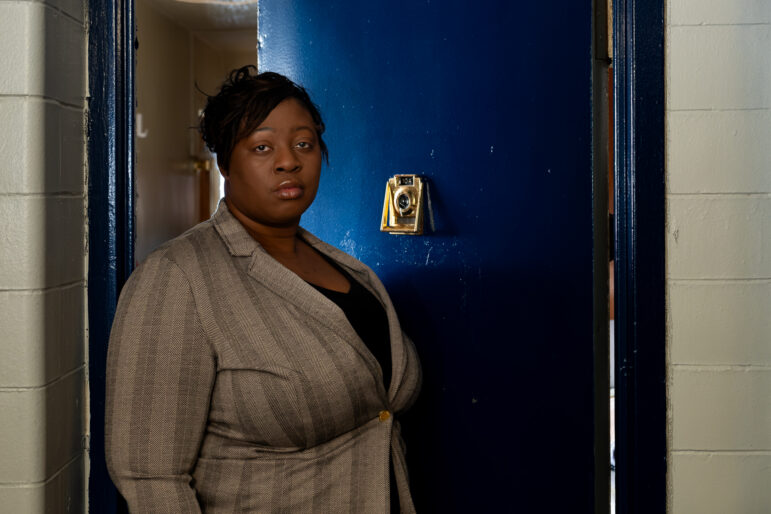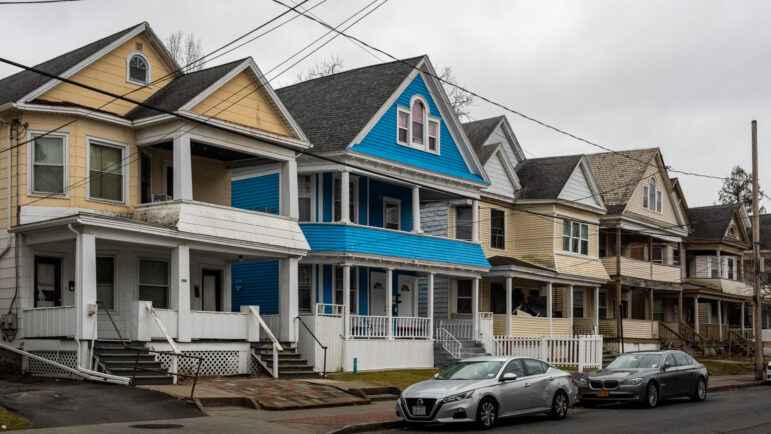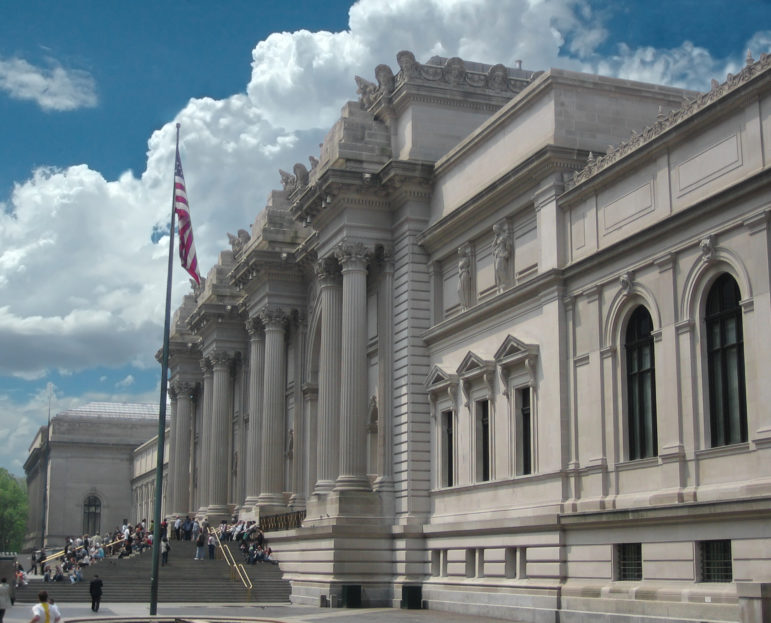
Arad
From 2010 to 2014, the city directed more funding to Lincoln Center and the Met (above) than it did to the entire Cultural Development Fund, which provides programmatic grants for the remaining 1,500-plus arts organizations in the city.
The city’s recent budget agreement includes a $10 million boost for the Department of Cultural Affairs (DCLA). This investment represents an important commitment to the arts in New York City, helping counteract a decade of declining programmatic funding at the city, state and federal levels. This new funding can be spent most effectively by prioritizing individual artists and small and mid-size organizations whose continued presence in the city is in jeopardy.
While the DCLA performs many functions, its primary responsibility is providing grants to New York City cultural nonprofits. The majority of its funding is directed to the Cultural Institutions Group—33 organizations operating on city property—and the Cultural Development Fund, which provides programmatic grants for the remaining 1,500-plus arts organizations in the city.
The legacy of these granting programs has generated a lopsided distribution of DCLA funding, with larger organizations receiving the bulk of city support. From 2010 to 2014, for instance, the DCLA directed more funding to Lincoln Center and the Met (over $160 million) than it did to the entire Cultural Development Fund ($148 million).
Although DCLA has strongly advocated for equity in the arts, the agency’s granting programs could do more to bolster the small and local organizations that are under threat. By targeting grants toward individual artists and small and mid-size organizations throughout the five boroughs, the DCLA can more strategically and equitably allocate its funding.
The city’s largest cultural institutions, in fact, already enjoy many competitive advantages. First, as private philanthropy has grown, large institutions have disproportionately profited due to their vast development departments, lavish galas and prestigious boards. Second, large institutions have been the primary beneficiaries of New York’s tourism boom, with many museums and theaters experiencing record attendance. Finally, large institutions have been less affected by the city’s surging real estate prices, as most own their property (or operate on city land).
As real-estate costs soar, individual artists, immigrant cultural organizations and small nonprofits are under the greatest strain. Rents in neighborhoods where artists cluster—such as Williamsburg, Harlem, the Lower East Side and Bushwick—have jumped over 40 percent in the last quarter century, compared to a 22 percent rise citywide. Meanwhile, old loft buildings well suited for studio and rehearsal spaces are now prized by hotels and tech firms.
Well beyond these Manhattan and North Brooklyn neighborhoods, immigrant artists and arts organizations are feeling the pinch, with essential venues such as Elmhurst’s Terraza 7 desperately searching for a new home. These community hubs play an essential role in immigrant neighborhoods and the cultural ecosystem at large. They elevate the voices of underrepresented populations; provide constancy and familiarity to recent arrivals, easing their transition to a new country; and have fostered many of the city’s most significant arts movements – like hip hop, salsa, and abstract expressionism.
And yet, many immigrant artists and the organizations that serve them–as well as other community groups and artist collectives–struggle to establish nonprofit status or wade through DCLA’s byzantine funding process. Application instructions for the Cultural Development Fund, for instance, span 31 pages.
In his first three years in office, Mayor de Blasio has demonstrated a clear commitment to the arts and advanced his goals of inclusion and equity. The arts education budget was increased by $23 million, the NYC ID card granted free membership to local cultural institutions, artist residencies were established in the Offices of Immigrant Affairs and Veterans Affairs and the DCLA commissioned a sweeping survey of staff and board diversity at cultural organizations.
While DCLA leadership has zealously supported the mayor’s vision, the historic and deeply embedded funding policies at the agency do not reflect these priorities. To reach those most in need and develop a healthier and more diverse cultural ecosystem, the DCLA should consider three reforms.
First, the DCLA should direct more funding to small arts groups and introduce a special grants category for mid-size cultural institutions. The depth of this middle tier is unique to New York and essential for local artists, allowing them to gradually build their audience, income and renown. Many are operating in the red and have been forced to cut back on programming.
Second, the DCLA should provide more resources to borough arts councils. These councils serve as “regranters,” which are legally permitted to fund individual artists, artist collectives and non-501(c)(3) organizations. Many have folklorists on staff with strong connections to immigrant artists and heritage bearers. Increasing their staff and granting capacity is an important step toward a more inclusive, community-centric cultural policy.
Third, the DCLA should provide general operating support to small and midsize institutions—or allow a larger share of its programmatic grants to cover operations. This funding should help guarantee fair wages for all employees and interns in the cultural sector. Unpaid internships, in addition to high rent and student debt, have barred almost all but the most privileged from starting careers in the arts. To foster a more diverse arts workforce, the city should cultivate more remunerative entry-level jobs.
These strategic reforms can help DCLA and the administration to achieve their goal of a more vibrant, inclusive, and diverse cultural ecosystem. By supporting the artists and organizations in the greatest need, cultural policymakers can ensure that residents of all incomes, ethnic groups and origins continue to create and thrive in the city and that New York remains the arts capital of the world.
Adam Forman is a Senior Researcher at the Center for an Urban Future and the author ofCreative New York.


